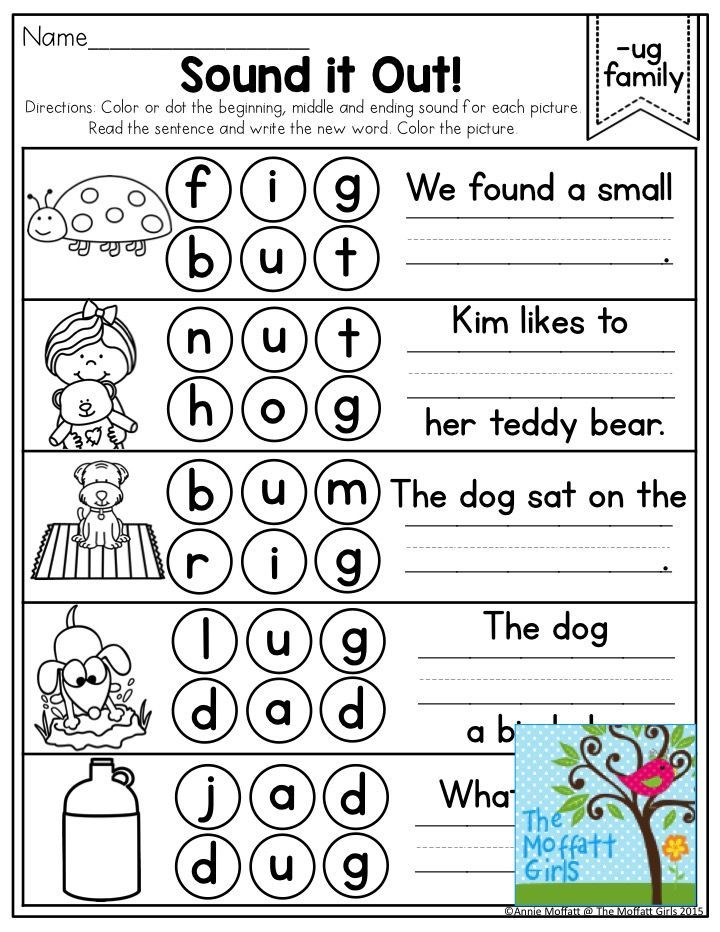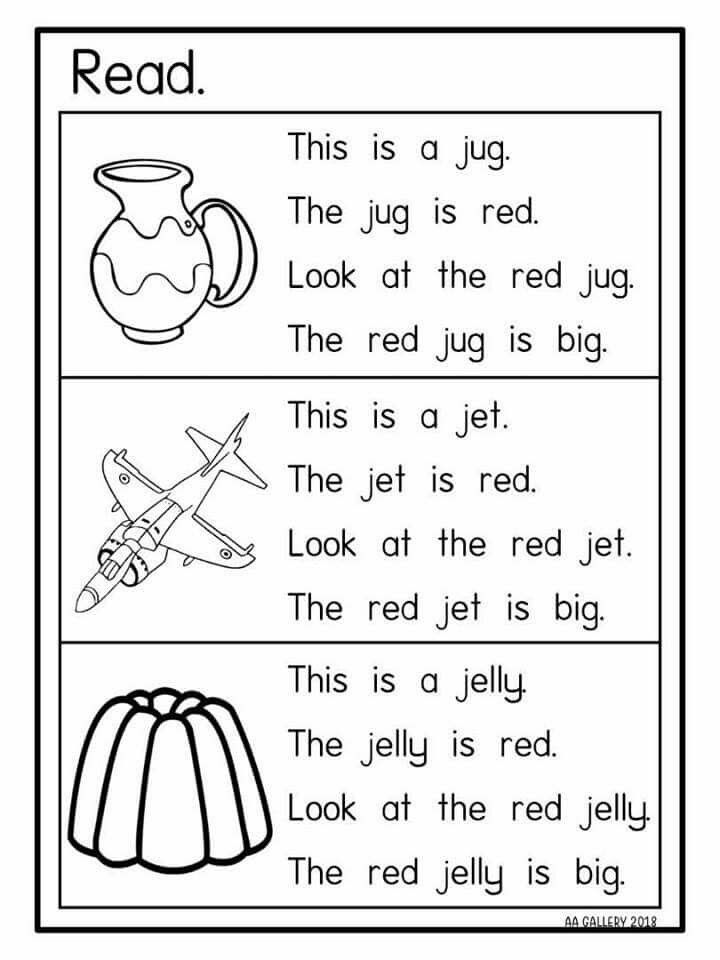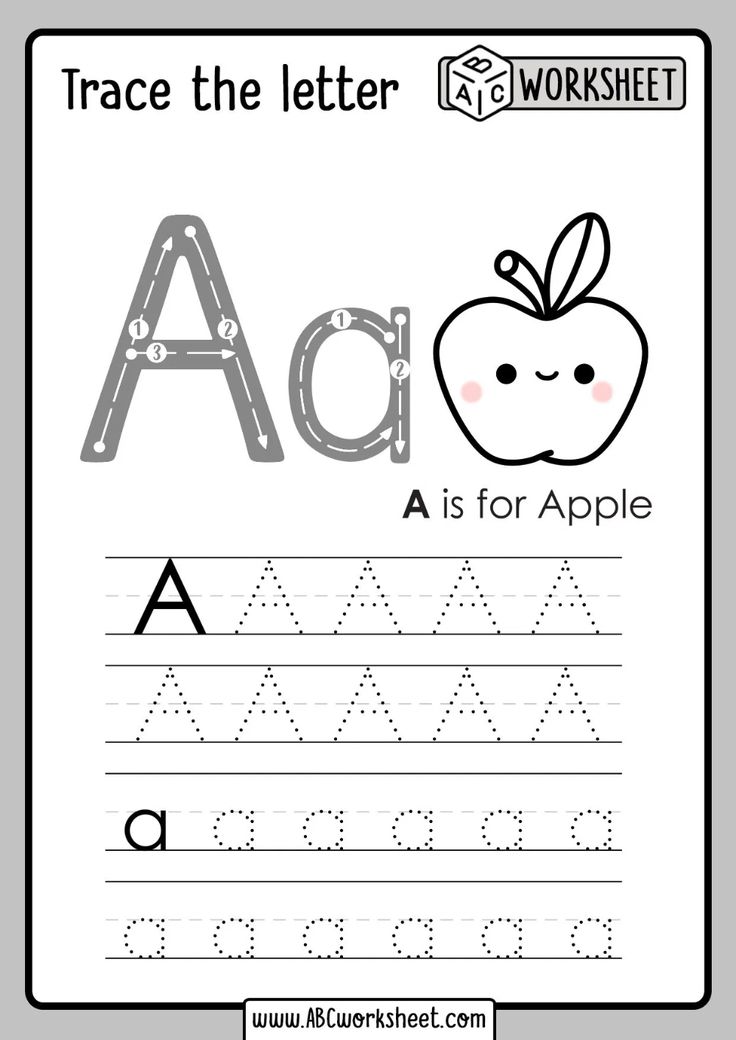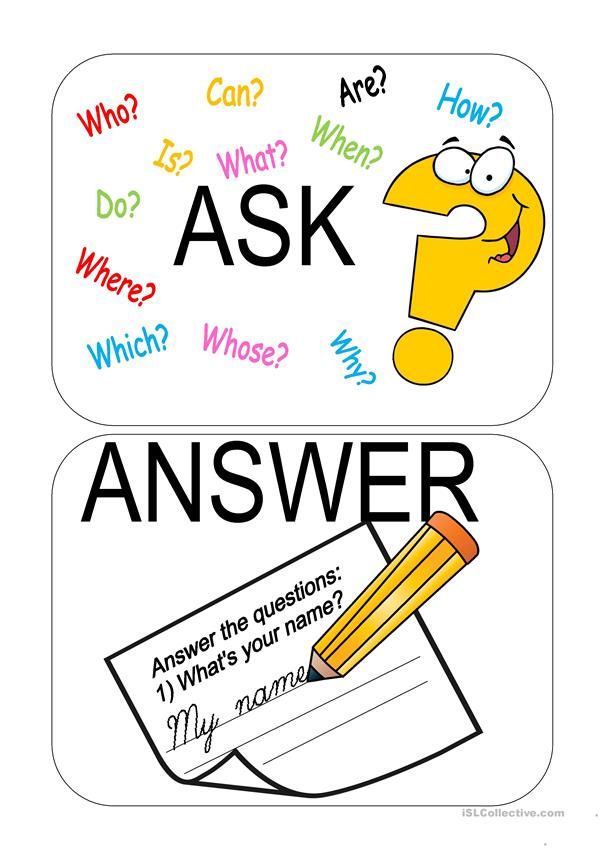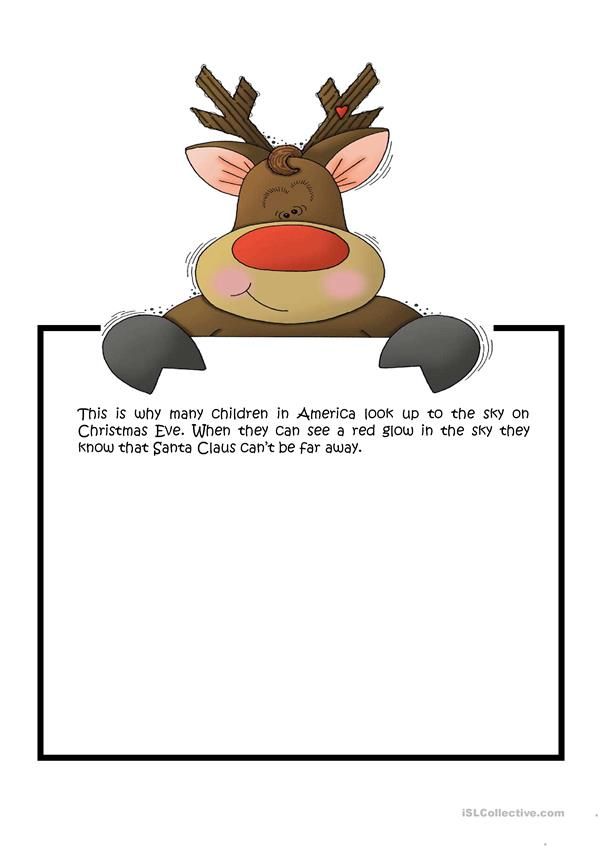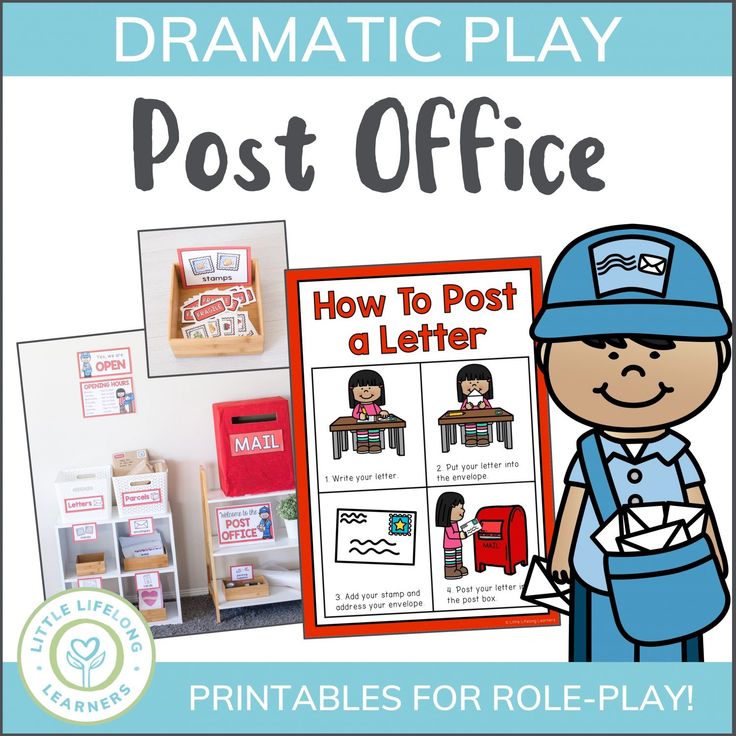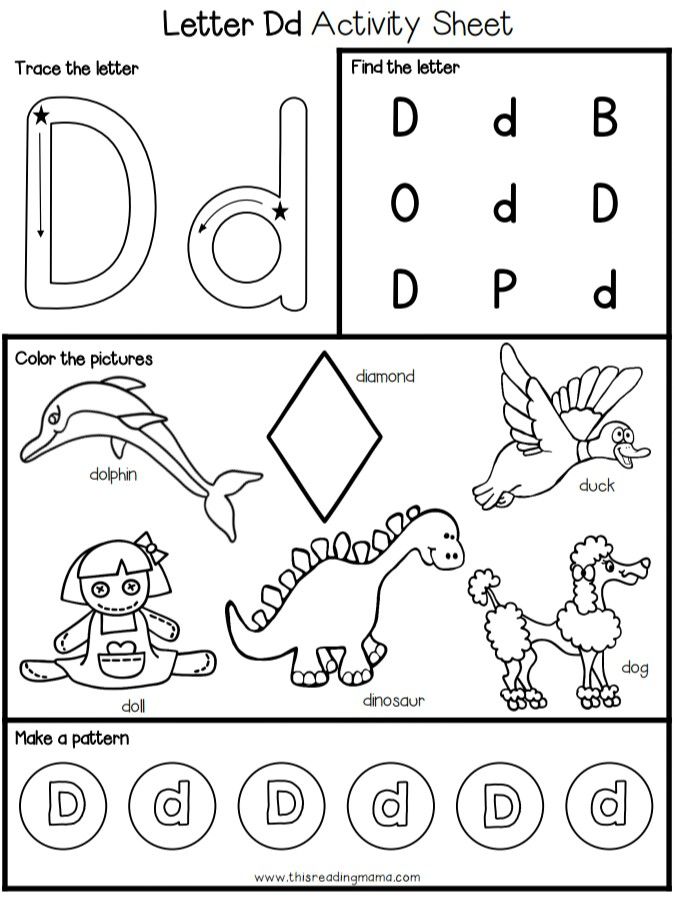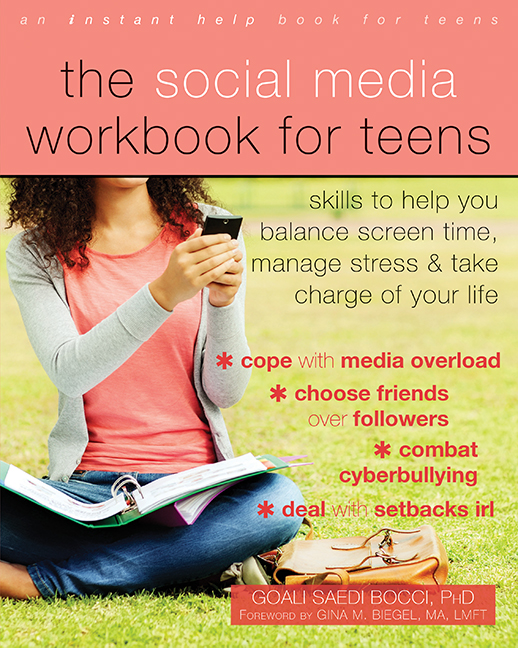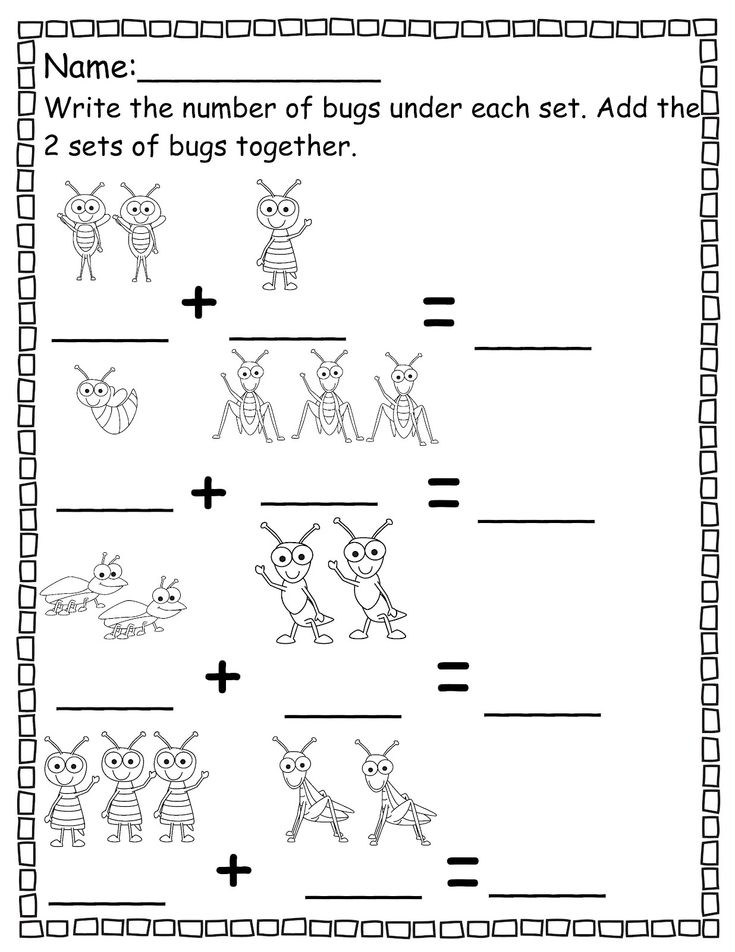Lessons on shapes for kindergarten
Fun and Engaging 2D Shape Activities
One of the very first math lessons we teach in kindergarten is two-dimensional shapes! There are so many ways you can introduce shapes while also engaging your students in fun, hands-on activities. I think one of my favorite things about teaching shapes is that the students don’t even realize they are learning! They get to build, sort, and manipulate shapes in many ways, which leads to high engagement. Read on for my favorite kindergarten-approved 2D shape activities that your students will love!
Activities for Teaching 2D Shapes
Since shapes are all around us, chances are that many of our students will enter kindergarten with a basic knowledge of shape names. It also doesn’t take too long to fill in the missing shape names that our students haven’t quite mastered. After that, the goal is for our students to describe, build, and even manipulate two-dimensional shapes. This is where some additional shape practice activities can come in handy!
Introducing Shape Names and Attributes
The first step in teaching students shapes is to make sure they know all of the 2D shape names and their unique attributes. I have found that all students benefit from an introduction (or reintroduction) to the shape names and attributes before we move on to other 2D shape activities.
I love introducing and reviewing shapes with these 2D Shapes Poems! These poems are catchy and help students learn about each shape’s attributes as well as relate them to real-world objects that they already know. Before you know it, your students will look at a stop sign and say, “Hey, that’s an octagon!” 🙂 #proudteachermoment
I introduce the shapes one at a time which prevents overwhelm and allows the students to focus on that shape and its unique attributes. We practice one shape each day until all of them have been added to our shape wall!
Identifying and Describing Shapes
After plenty of time has been spent pronouncing the shape names and discussing the shape attributes, it is time for students to put that knowledge into practice. They are now ready to identify shapes in different contexts and describe them in their own words! As with any new concept, it’s important to keep young learners engaged by using a variety of activities when practicing the same skill multiple times, such as identifying and describing shapes.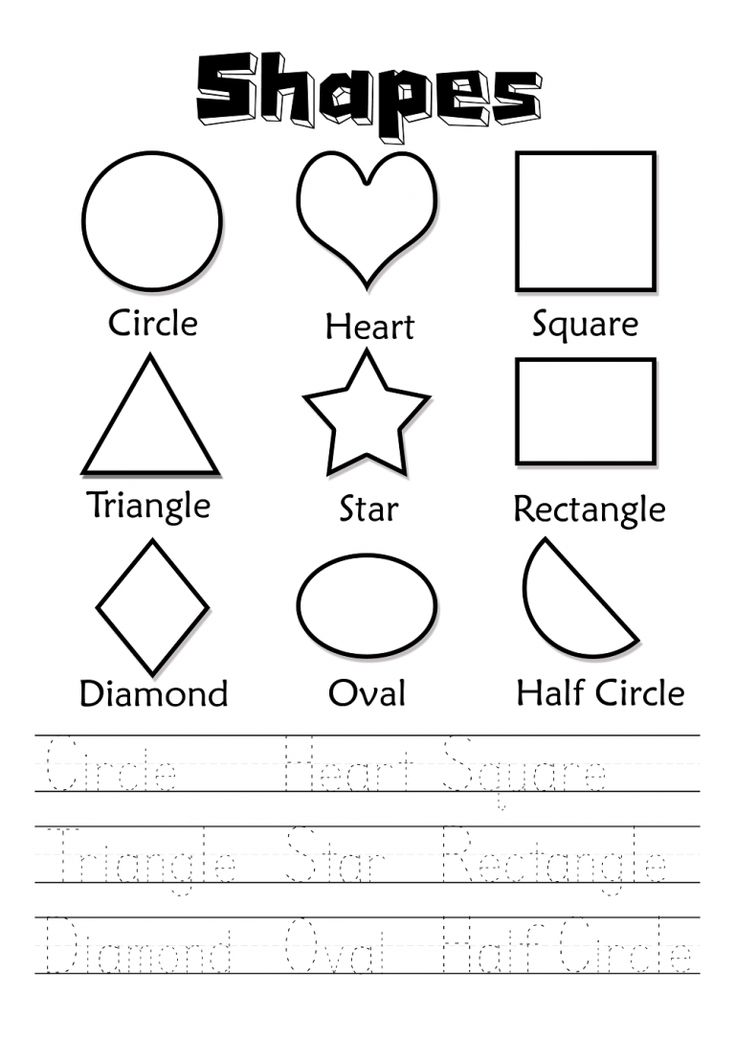
Shape Bingo is a fun way to add repetition to your 2D shape practice because students will want to play this game over and over again! I love to play this game in small groups, so we can quickly review the shape names and attributes as we draw each card. For an added challenge, you could pull a card and keep it hidden from the students. Then, give them clues about the shape by describing its unique attributes so that the students can guess the correct shape before placing their bingo markers.
I also love to encourage students to identify shapes in the world around them. One way to practice this skill is with a shape sort, where students can identify and sort a variety of real-world objects based on shape. This 2D shape sort is a very fun center activity that gets students excited to look for shapes all around them. It’s so fun to hear students point out the shapes they see as they walk down the hall!
Here are several more 2D shape activity ideas that will keep your students engaged as they practice identifying and describing shapes in multiple ways:
- Play a shape game where students draw a shape out of a bucket and say its name and whether it has curved or straight lines
- Play “I Spy” where students must find real-world objects that match a specific shape
- Go outside on a nature hunt and see what you can find in each shape
- Do a shape show-and-tell
Making Shapes
After students have a good understanding of shape names and their attributes, they are ready to start building shapes on their own! There are many ways to provide individualized opportunities for shape building, based on the fine motor skills of your students.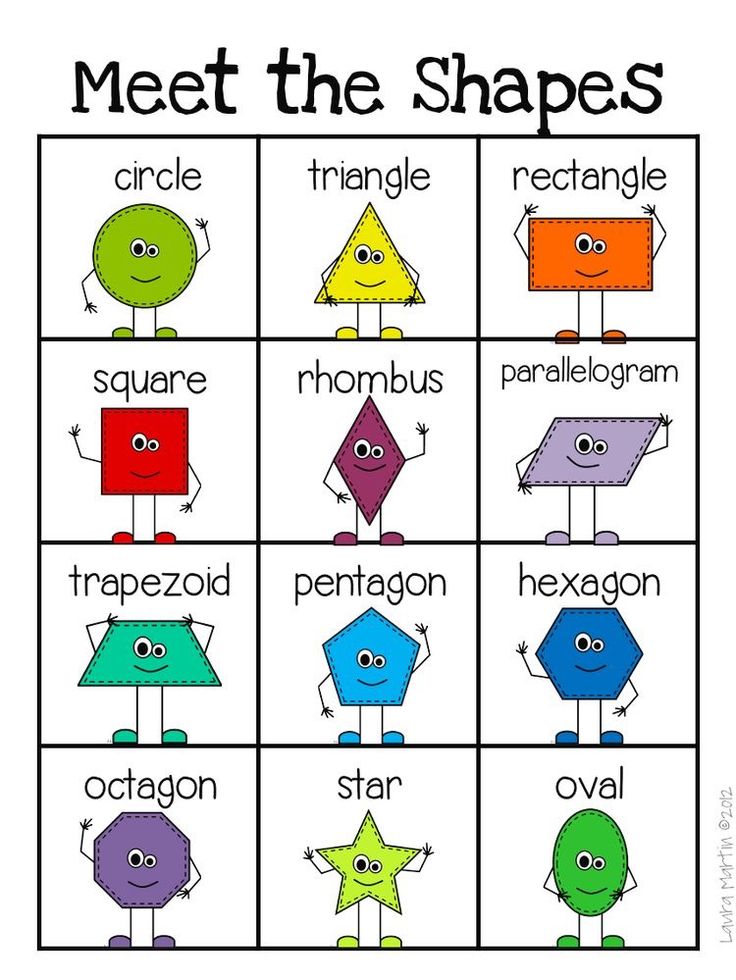 Some students might form shapes using craft sticks while other students might be ready to trace shapes with a highlighter.
Some students might form shapes using craft sticks while other students might be ready to trace shapes with a highlighter.
In the kindergarten classroom, it’s important to include fine motor practice anywhere we can. Two-dimensional shape building practice is the perfect time to strengthen hand-eye coordination and writing skills! Here are some additional ways to practice forming and writing shapes:
- Practice drawing shapes in the air
- Highlight shapes
- Trace shapes with a writing utensil
- Practice making shapes with sensory materials, such as in sensory trays filled with beads, cereal, rice, etc.
- Trace over shapes with little cars or something similar
- Form shapes with playdough (Check out this playdough mat freebie)
- Form shapes with craft supplies, such as pom-poms, craft sticks, pipe cleaners, etc.
Working With Shapes
Once students have had plenty of time to form shapes using their knowledge of shape names and attributes, they’re ready for the next step: Working with shapes.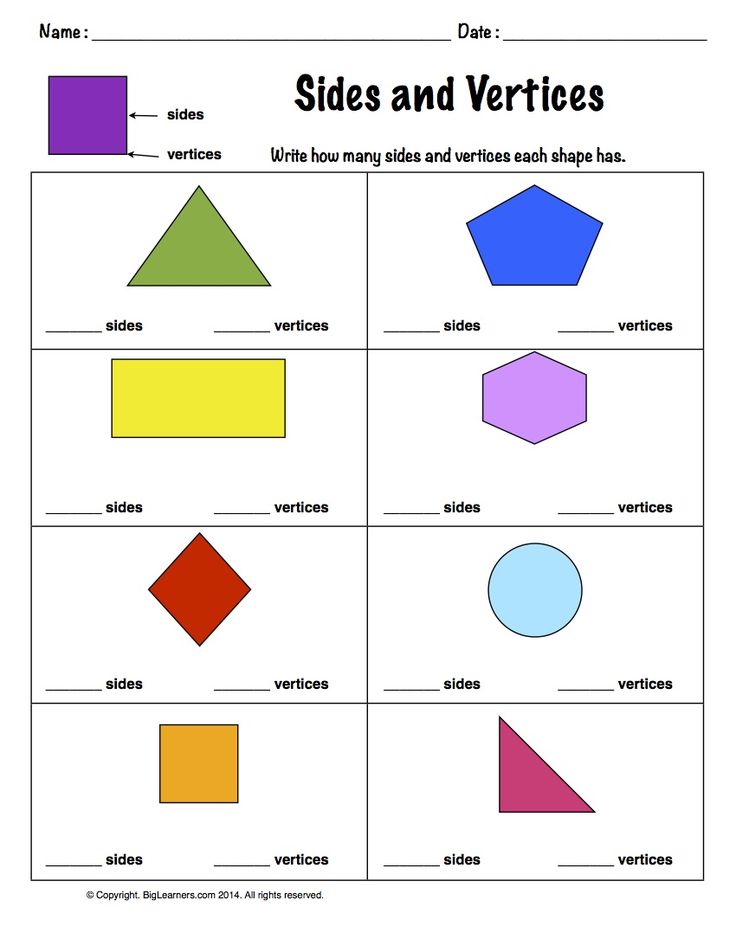
When students are given plenty of opportunities to manipulate and work with shapes in various ways, it deepens their understanding of two-dimensional shapes and prepares them for future math concepts.
One of my favorite 2D shape activities is this shape-building activity, where students can see the relationship between shapes as they use pattern blocks to create a larger shape. I love how this activity encourages students to see how shapes are related to each other.
Here are some of my other favorite ways to help students build on their budding knowledge of 2D shapes:
- Sort shapes by attributes, size, color, etc.
- Build with shapes
- See what they can build using only one shape
- Do art projects using a variety of shapes
- Build their name with shapes
- Make a shape book
Using 2D Shape Activities for Centers
Many of the activities I mentioned above would be perfect for math centers in your kindergarten classroom.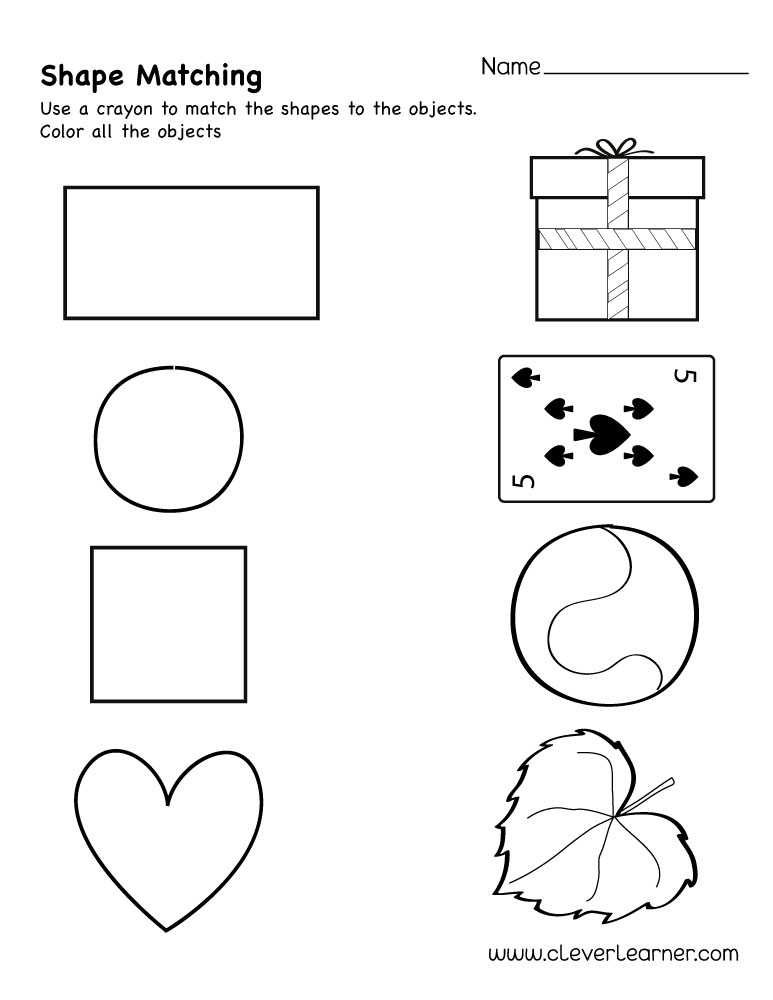 In fact, I have compiled my ten favorites into a collection of 2D Shapes Centers and Activities! These activities include practice opportunities for 12 different two-dimensional shapes. These shape centers are perfect for kindergarten, Pre-K, and preschool!
In fact, I have compiled my ten favorites into a collection of 2D Shapes Centers and Activities! These activities include practice opportunities for 12 different two-dimensional shapes. These shape centers are perfect for kindergarten, Pre-K, and preschool!
2D Shapes Centers and Activities
$5.00
These 2D shapes centers and activities are full of learning and fun for your preschool and kindergarten students. You can use these activities as you introduce the 2D shapes to your class, or spread them out throughout the year in your math centers. Some centers are also in black and white to be printed on colored paper.
Shop Now
Save These 2D Shape Activities
Be sure to save this post to your favorite classroom board on Pinterest so that you can refer back to these ideas later!
21 Creative Ways to Teach 2D Shapes in Kindergarten – KindergartenWorks
Teaching shapes to kindergarten is part of many standards-based curriculums.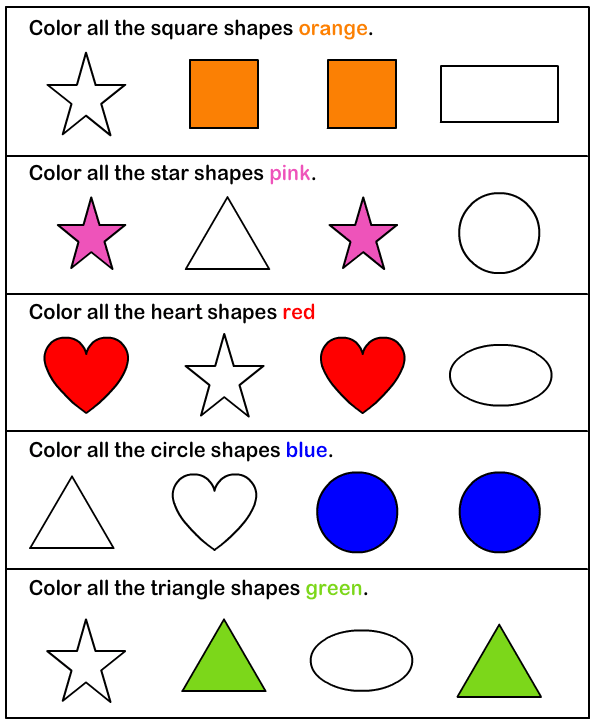
When you teach 2D shapes, you're covering some basic geometry skills your kinders will build from for years to come.
Let's look at how to teach 2D shapes and dig into some 2d shape activities and games to help you cover this topic.
How to teach 2D shapes
If you're wondering how to teach shapes to kindergarten - then here are the essentials you need to cover.
1. Teach the names
Teach the names of the shapes. You could consider this vocabulary, but they need to identify the name of each shape no matter the orientation (which way the shape is turned).
source: teachwithme.comYou can always use a fun hook like these 2D shapes owl craft to get them started on learning the names of the shapes.
I recommend these 2D shapes kindergartners should know the best: circle, triangle, rectangle, square and hexagon.
source: miss-kindergarten.comYou could easily add some free shape posters or poems to your daily routine until your kiddos know them by heart.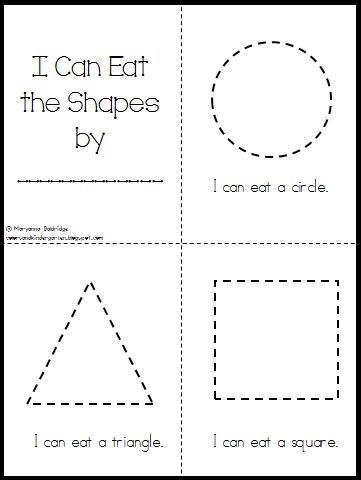
And this is totally my opinion - but forget teaching 2d shapes like the heart and the star (those are almost like "gimmes" in today's kindergarten).
Remember: if you use pattern blocks for any activities - don't shy away from teaching the trapezoid, rhombus and parallelogram. It's an easy way to get extra shape names with what you're already using.
2. Teach what makes a shape unique
Teach the unique characteristics of each shape. What makes the shape unique?
You can use 2D shape bingo, a hide-n-feel game or even a little mini booklet to help cover how to describe the 2D shapes.
I made a mini 2D shapes booklet to use with my guided math groups.
I like that students pick up on the basic book pattern:
- The first page asks a question based on a shape's attributes.
- The second page answers it.
But you can even create shape puppets to get them talking about what makes the shapes unique.
Consider using videos as well to teach describing 2D shapes - like how many sides and vertices each shapes has.
3. Teach what makes a 2D shape a 2D shape
Teach what makes the circle, square, triangle rectangle and hexagon all 2D shapes in a simplified fashion.
I like teaching this when I introduce 3D shapes (we compare the difference) and my students can already name and describe all of the 2D shapes for kindergarten accurately.
4. Teach shapes in the world
Teach real-life examples of shapes. Students should be able to pick out shapes in the world from the environment around them but also create real-world things by combining 2D shapes.
This quick shapes in the world video for kindergarten is perfect before going on a shape hunt.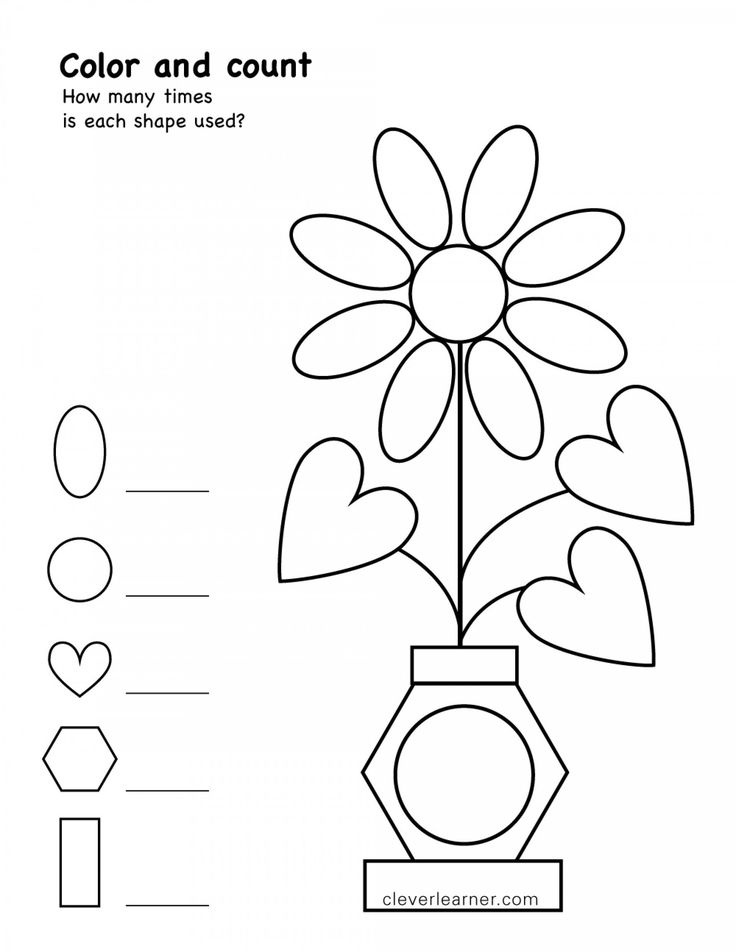 It reinforces a circle, square, and triangle in everyday items and has kids draw shapes in the air.
It reinforces a circle, square, and triangle in everyday items and has kids draw shapes in the air.
You'll find a few more examples of how to teach shapes in the world with some of the activities listed below.
Activities to do
Here are some fun ideas for how to teach 2D shapes with kinders.
There is a variety to pick from that can help accomplish the goals we mentioned above.
source: crayonbits.blogspot.comCreate a lift-the-flap riddle book with your students. Have them dictate the text and cut out shapes. Let them show what they know to make a class book.
Teach how to draw the shapes - by teaching how many points to draw. I learned this tip from our district's leading preschool teacher.
Kids that came from her preschool program came in knowing how to draw shapes in kindergarten and I learned this was her secret method of teaching them! {wink}
source: afaithfulattempt.blogspot.comIf you're teaching 2D shapes during Christmas, create a Rudolph at the window art project using construction paper shape pieces.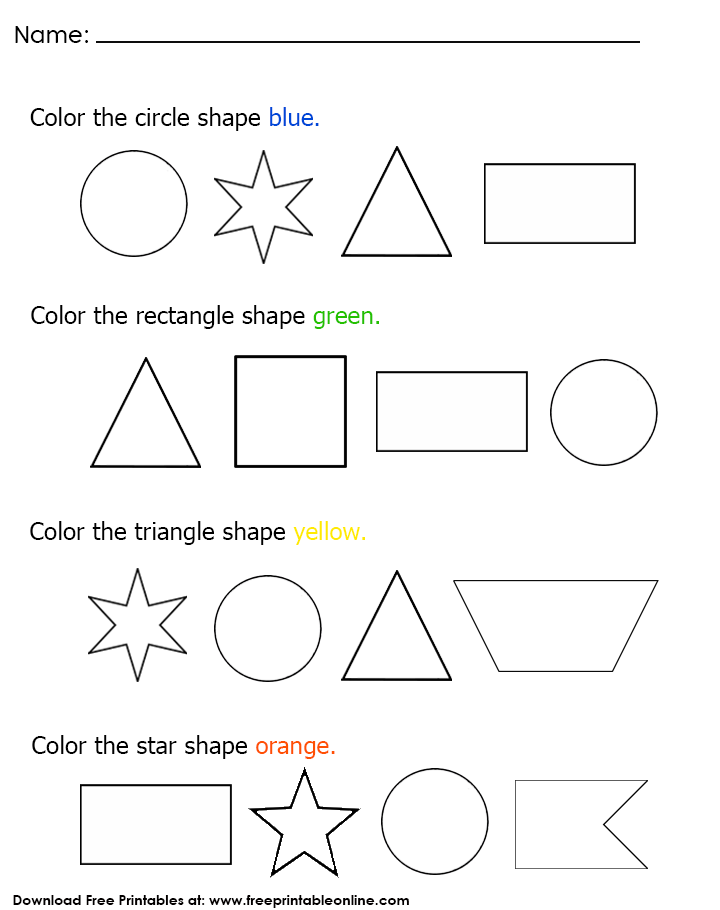 It sticks to basic shapes. I love the finished product.
It sticks to basic shapes. I love the finished product.
You could also use this free shape reindeer card activity and adapt it a bit since it was designed for first grade.
source: bishopsblackboard.blogspot.comTake the shape your class is having the most difficulty with and let them get creative! Have them turn the shape into something in our world simply by adding details.
source: peekaboomakelearnsewanddo.blogspot.com.esUse whatever shape manipulatives you have and create 2D shape scenes or real-world things. Snap photos with your phone and print them as example cards.
Students can try to recreate yours or build their own 2D shape real-world things.
If you only have pattern blocks, try to add in some circles, squares, and rectangles made out of craft foam from the dollar tree.
source: llittlefamilyfun.comSpeaking of making your own 2D shape manipulatives - this teaching 2D shapes dinosaur activity is a perfect example. Cut your own shapes and let your students create.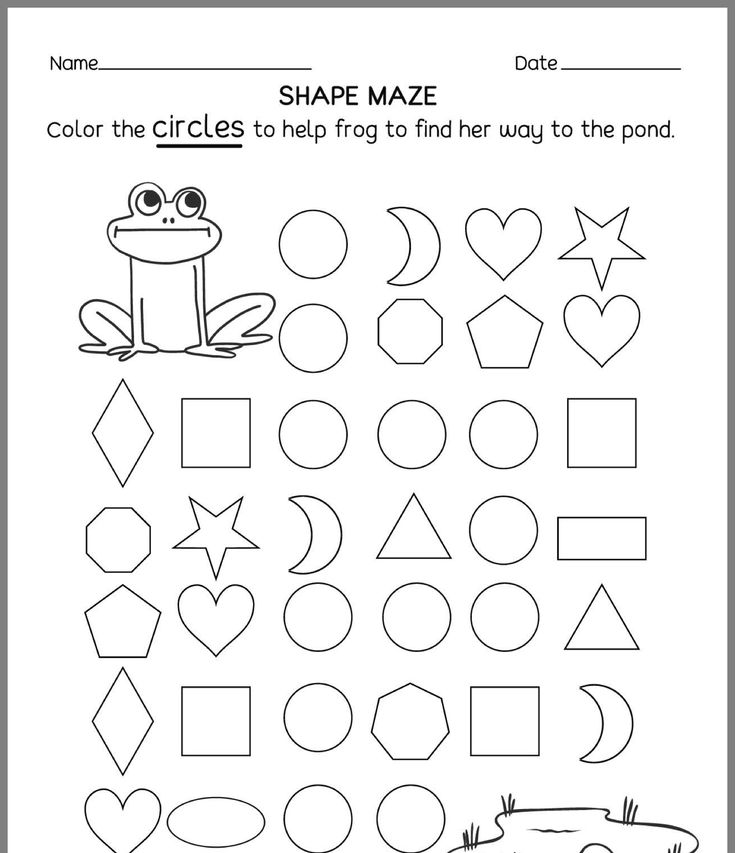
Grab toothpicks and marshmallows (or playdough) with these printable build a 2D shape cards. Students can focus on the number of vertices each shape has.
Play 2D shapes games
Play games that involve looking at shapes in different ways.
Play this little roll-a-shape 2D shapes in the world game. It's perfect for beginning kindergarten.
It's simple to play and students can do it independently. They roll a die, say the shape's name and color or trace a matching shape in the picture.
This shapes in the world printable board game is a simple way to play in small numbers.
source: downunderteacher.blogspot.com.auIf you just need something that works on naming and identifying - then this quick shape game is what you're looking for. Add a pencil and paper clip as a makeshift spinner.
I've found a way to turn bingo into a super-effective way to work on describing shapes in kindergarten. So check out this describing 2D shapes bingo game that is free.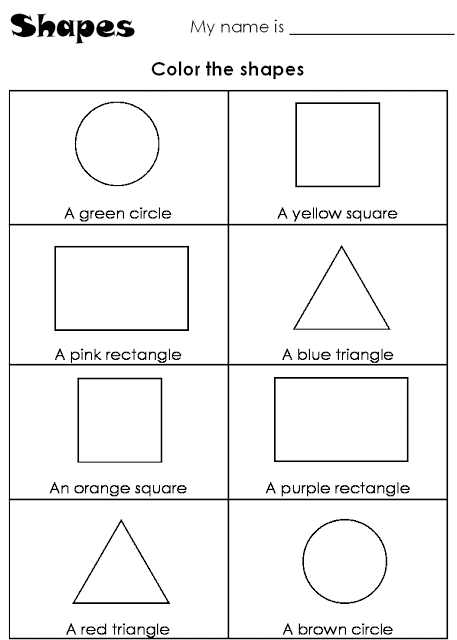
It's a classic game that's easy to share with parent volunteers too since they usually already know basic bingo rules.
source: firstgradealacarte.blogspot.comHere's an alternate naming shapes game that is styled after chutes and ladders. I think they'd like this format.
Go on a shape hunt around the classroom simply by following the directions in this secret agent shapes detective video.
Play what's hiding under the rug. This is the easiest game to teach and play with kindergarten. I love turning it over to pairs of students to play in our small group sessions so I can listen in on how accurately they are describing 2D shapes.
It's an ideal way to informally assess how well students are doing on this skill.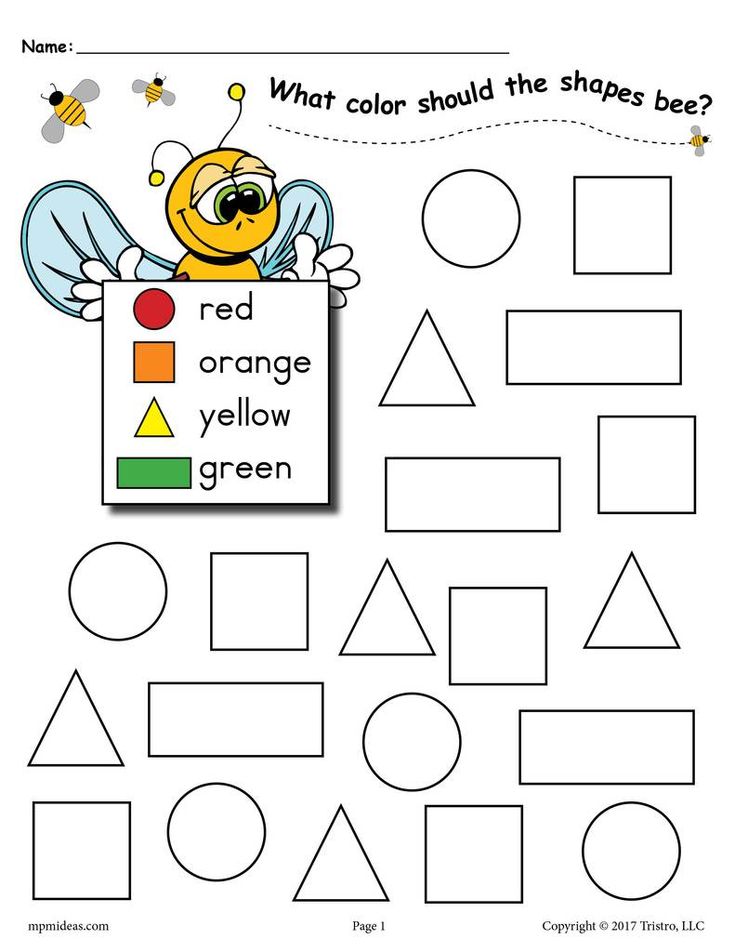
Let students each play at their own pace and graph their results with this 2D shapes game.
Find the shapes hidden in these landscapes to bring back color to the black-and-white pictures. This interactive, online shapes game reminds me of the old school Highlights for Kids magazines {wink}
Let's wrap it up
There you have the basics of how to teach 2D shapes and creative activities, games, and videos for teaching 2D shapes in kindergarten.
I hope you've found exactly what you need to complete your lesson plans. It's my goal to help you organize, think and teach your best.
You may also enjoy this short list of 2D shapes videos.
If you like what I do here on KindergartenWorks, then be sure to subscribe today. I look forward to sharing ideas with you weekly.
More Math in Kindergarten
- 10 Activities for Describing 3D Shapes in Kindergarten
- Monster Numbers – Easy Tools to Teach 0-10
- Making 5 Fluency Ideas and Games
Learning Geometric Shapes: Games for Preschoolers
One of the important aspects of the development of mathematical concepts in preschoolers is the study of the basics of geometry.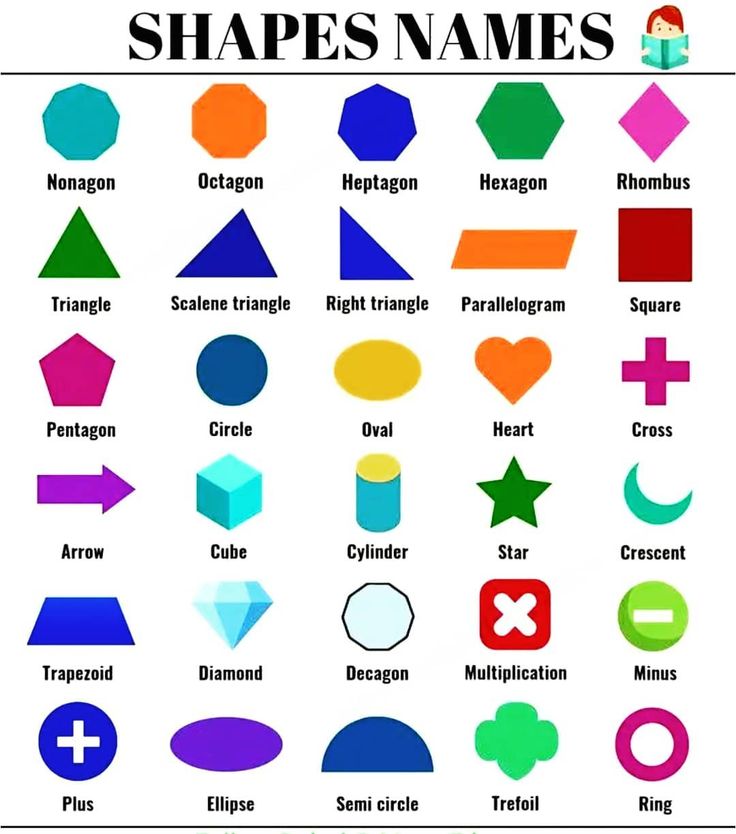 In the course of acquaintance with geometric shapes, the child acquires new knowledge about the properties of objects (shape) and develops logical thinking. In this article, we will talk about how to help a preschooler remember geometric shapes, how to properly organize games for teaching geometry, and what materials and aids can be used to develop a child’s mathematical abilities. nine0003
In the course of acquaintance with geometric shapes, the child acquires new knowledge about the properties of objects (shape) and develops logical thinking. In this article, we will talk about how to help a preschooler remember geometric shapes, how to properly organize games for teaching geometry, and what materials and aids can be used to develop a child’s mathematical abilities. nine0003
At what age can one start learning geometric shapes?
Many parents are wondering if young children need to get acquainted with geometric shapes. Experts believe that it is optimal to start classes in a playful, relaxed form from the age of 1.5. Until this age, it is appropriate to pronounce to the child the names of the shapes of objects that the baby meets in real life (for example, “round plate”, “square table”).
Introducing the child to geometric shapes, be guided by his reaction. If your baby started to show interest in them at an early age (by playing with the sorter or looking at pictures), encourage his curiosity.
nine0003
At the age of 2, the baby should be able to distinguish between:
- Circle;
- Square;
- Triangle.
By the age of 3 you can add:
- Oval;
- Rhombus;
- Rectangle.
At an older age, a child can memorize such shapes as a trapezoid, a pentagon, a hexagon, a star, a semicircle. Also, children visiting the Constellation Montessori Center get acquainted with geometric bodies with interest. nine0003
How can I help my child remember geometric shapes?
Teaching a child geometric shapes should take place in stages. You need to start new figures only after the baby remembers the previous ones. The circle is the simplest shape. Show your child round objects, feel them, let the baby run his finger over them. You can also make an application from circles, mold a circle from plasticine. The more sensations associated with the concept being studied, the child receives, the better the baby will remember it.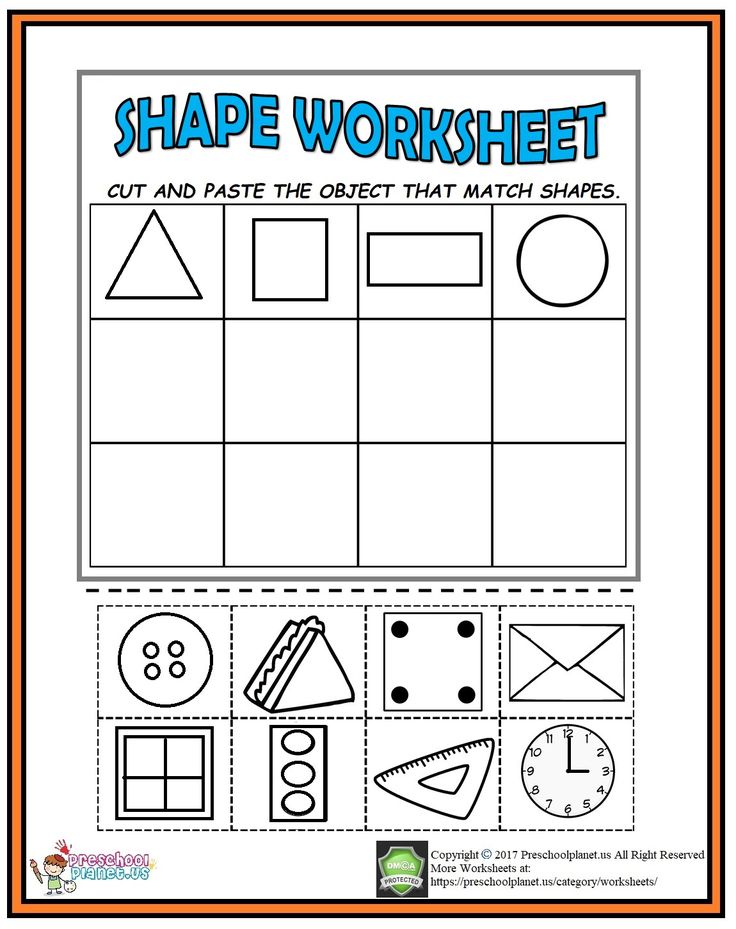 nine0003
nine0003
Three-dimensional figures can be used to get acquainted with the forms. It can be made by a designer, a sorter, lacing, frame inserts. Since at an early age the visual-effective type of thinking is most developed, various actions with figures will help to remember them better.
How children of different ages perceive geometric figures
The operations that a child can perform with geometric figures and how he perceives shapes depend on the age of the baby. In accordance with age characteristics, the following stages of training can be distinguished:
- In the second year of life, the baby is able to visually recognize familiar figures and sort objects according to shape.
- At 2 years old, a child can find the desired shape among a number of other geometric shapes.
- By the age of 3, babies can name shapes.
- At the age of 4, a child is able to correlate three-dimensional figures with a flat image.
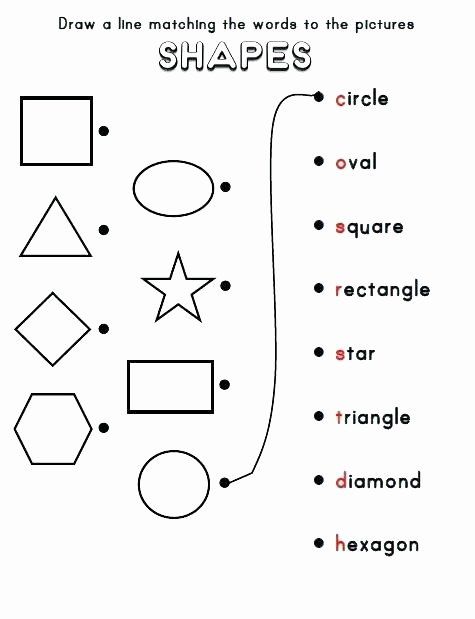
- At senior preschool age (and sometimes even earlier) you can start studying geometric bodies (ball, cube, pyramid). Also at this age, the child can analyze complex pictures consisting of many shapes. nine0018
Regardless of the child's age, try to pay attention to the shapes of the surrounding objects and compare them with known geometric shapes. This can be done at home and on the go.
Games for learning geometric shapes
For a child to be interested, learning geometric shapes should take place in a playful way. You should also select bright and colorful materials for classes (you can buy them in a store or do it yourself). Here are some examples of games and tutorials for learning geometric shapes:
- Sorting. Games with a sorter can be started from the age of 1. Invite the child to find its window for the figure. So the child will not only memorize geometric shapes, but also develop fine motor skills, thinking and spatial representations, because in order for the part to fall into the hole, you need to turn it at the right angle.
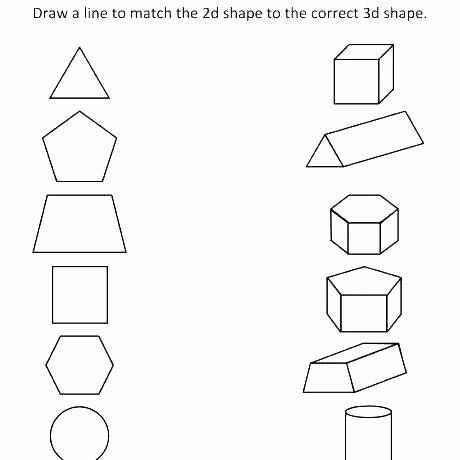 You can also sort any other items, such as building blocks, Gyenesch blocks, or counting material.
You can also sort any other items, such as building blocks, Gyenesch blocks, or counting material. - Insert frames. In fact, this manual is similar to a sorter. For each geometric figure, you need to find its place. nine0018
- Geometric lotto. To play, you will need a field with the image of geometric shapes and handout cards with each figure separately. A child can take small cards out of a chest or bag, and then look for their place on the playing field. This game also perfectly trains the attention of the baby.
- Geometric appliqué. Cut out various geometric shapes from paper and, together with your child, make a picture out of them (for example, you can make a Christmas tree from triangles, a house from a square and a triangle). nine0018
- Drawing (including stencils).
- Modeling.
- Laying out figures from counting sticks.
- Geometric mosaic.
- Laces with geometric shapes.
- Card games.
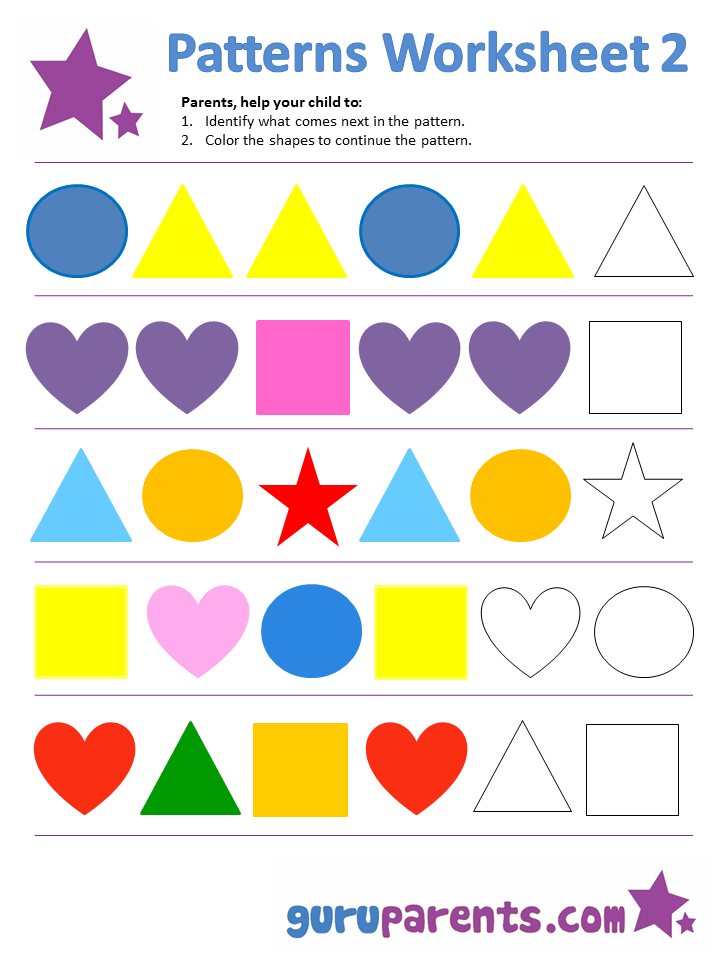
- Guess by touch.
- Active games. Draw geometric shapes on the pavement with chalk. Ask the child to imagine that the figures are houses that you need to run into on a signal. Next, you name a geometric figure, and the child runs to it. nine0018
In addition, educational cartoons can be used to study geometric shapes. Here is one of them:
Conclusions
Learning the basics of geometry at preschool age is an important part of developing a child's mathematical and sensory representations. Acquaintance with the figures should occur gradually (first, simple figures - a circle, a square, a triangle). To keep your child interested, study geometric shapes in a playful way. Your assistants in this can be such educational aids as insert frames, mosaics, lotto, sorters, sets of geometric shapes and bodies, stencils.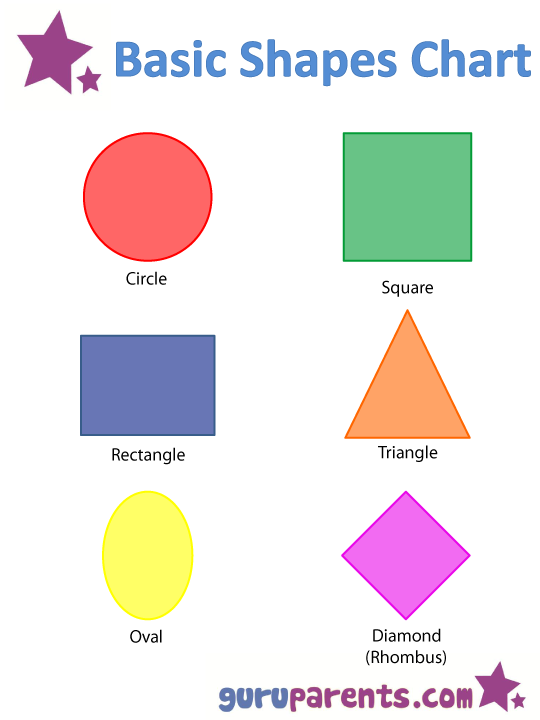 You can also study geometric shapes on the street: just talk to your child about what you see around and what shapes these objects look like. Then the kid will definitely learn to distinguish geometric shapes and remember their names. nine0003
You can also study geometric shapes on the street: just talk to your child about what you see around and what shapes these objects look like. Then the kid will definitely learn to distinguish geometric shapes and remember their names. nine0003
Conclusion
Montessori environment has been specially created for the comprehensive and harmonious development of each child in the children's center "Constellation". In the process of free work in it, children not only get acquainted with the basics of geometry, but also develop their cognitive processes, fine motor skills, learn to write, read, and count. In addition, the Montessori environment gives the child the opportunity to fully demonstrate independence and responsibility. We will be glad to see you and your baby at our center! nine0003
Prepared by a Montessori teacher
Malysheva Evgenia
Abstract of the lesson on FEMP for children of senior preschool age "In the edge of Geometry"
Purpose: to consolidate knowledge of known geometric shapes, their properties, to develop memory and observation skills.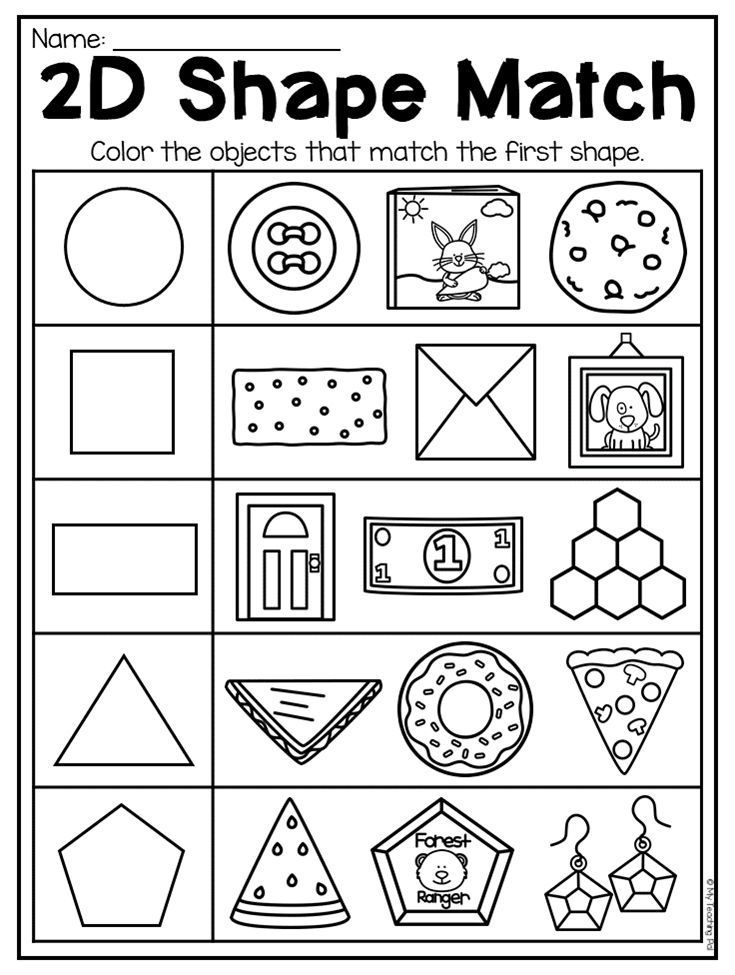
Tasks: to consolidate the ability to model from geometric shapes. Teach children to navigate in a limited area (sheet of paper). Improve your dialogue. Form the need for physical activity. nine0003
Materials and equipment: presentation on electronic media, multimedia, 2 magnetic boards with magnets, laptop, projector, audio recording, 2 posters with an image consisting of geometric shapes, mathematical set "geometric shapes" - 2 pcs, chest, letter, posters with the tasks “What is superfluous?”, colored pencils for each child, sheets of white paper according to the number of children, “pebbles” of round and oval shape.
Lesson progress
Educator: Guys, I want to invite you on an unusual journey. Unusual because the country we are going to is not on the map. What is this country? This country is Mathematics. And today we will visit a very interesting region - Geometry.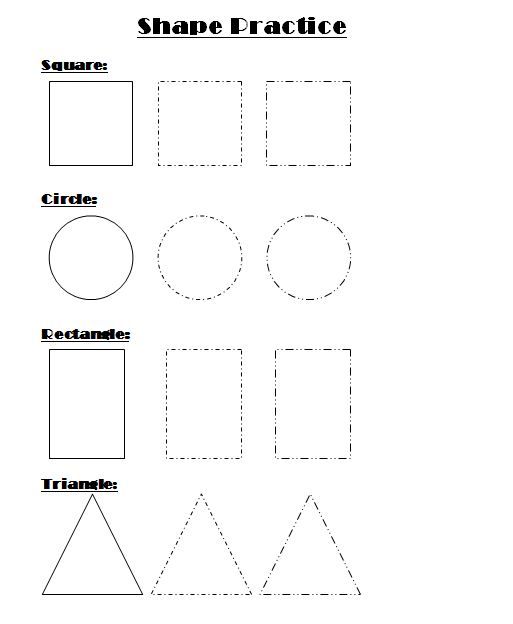 What kind of land it is, who lives there, what the inhabitants do - you will find out all this by answering questions and completing all the tasks that the inhabitants of this unusual land have prepared for you. Ready to start your journey?
What kind of land it is, who lives there, what the inhabitants do - you will find out all this by answering questions and completing all the tasks that the inhabitants of this unusual land have prepared for you. Ready to start your journey?
Children: Yes! nine0003
Educator: Excellent! Then we close our eyes and say the magic words:
We stomp our feet, clap our hands,
Let's close our eyes, say: "Ah!"
And we will be visiting!
On the slide of the projector is a picture of a fairy forest. Children open their eyes.
Educator: So, here we are already in this unusual land. Look carefully around. There must be a task left for us somewhere. nine0003
Children look around and find a chest.
Educator: What a beautiful chest! Yes, there will probably be a task in it. (open the chest) Guys, here is a letter: “Dear guys! We are very glad that you came to visit us. To find out who we are, you need to solve riddles and complete our tasks. And here is the first riddle:
To find out who we are, you need to solve riddles and complete our tasks. And here is the first riddle:
The plane flies through the sky
Delta wing,
On my bike
Triangular seat, nine0117 There is such an object, a square,
And all this - ....
Children: Triangle.
Educator: Of course, well done!
(On the screen, in the picture of the forest, a fabulous inhabitant of the country appears: the little man Triangle)
Look, here is the first inhabitant of this region - a triangle. And we read on. Listen.
He's been my friend for a long time
Every angle in it is right. nine0117 All four sides are the same length.
I'm glad to introduce myself to you. And my name is...
Children: Square.
The next character appears on the slide - man Quadrilateral
Educator: Wonderful! We continue..jpg)
We stretched the square
And presented at a glance,
Who did he look like?
Or with something very similar?
Not a brick, not a triangle, nine0117 Became a square - ...
Children: Rectangle.
A Rectangle man appears on the slide.
Educator: Great! We listen further.
The wheel rolled
After all, it looks like
Like a visual nature,
Only for round shape.
Guess dear friend
What is this...
Children: Circle.
nine0162 The little man Krug appears on the screen.
Educator: Excellent. Go ahead.
If I took a circle
Slightly compressed on both sides
Guess, children, together,
I would have..
Children: Oval.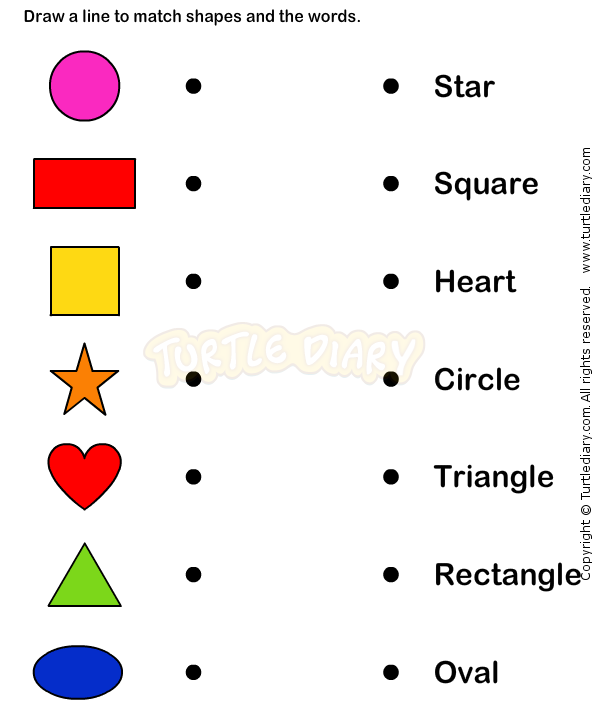
Another inhabitant appears on the screen - Oval Man.
Educator: Good! And the last riddle.
nine0002 triangle filed
And got the figure.
Two obtuse corners inside,
And two sharp - look
Not a square, not a triangle,
It looks like a polygon.
Children: Trapeze.
The last figure appears on the screen - little man Trapeze.
Educator: Well done guys! You have solved all the riddles. What are the inhabitants of this region?
Children: are figures. Geometric figures. nine0003
Educator: Right. Various figures live in the edge of Geometry. Look at the screen and name all these shapes again.
Children answer (triangle, square, rectangle, circle, oval, trapezoid)
Educator: What figures do you still know?
Children's answers.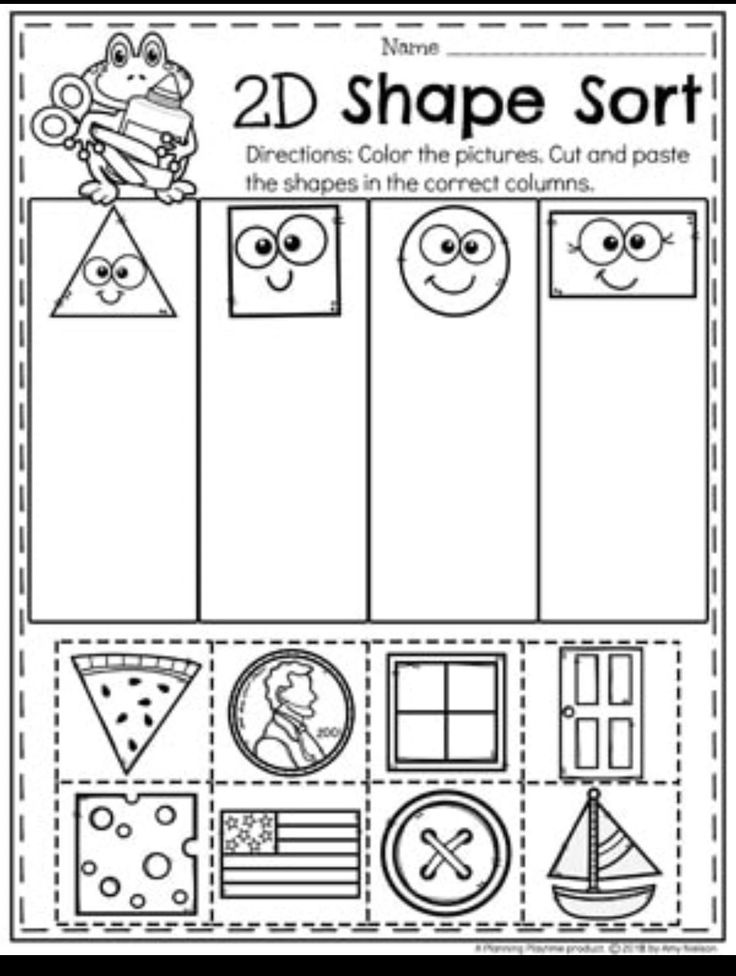 (Rhombus, hexagon, cylinder, cone…)
(Rhombus, hexagon, cylinder, cone…)
Educator: Well done! Guys, the inhabitants of this country offer us to continue the journey. Close your eyes and count to three. nine0003
At this time, the picture changes on the screen - river bank
Educator: Where were we transferred?
Children's answers: (River bank, lawn)
Educator: Great! We are on the banks of a beautiful river. The inhabitants of this country have prepared tasks for us. Before proceeding with their implementation, we need to split into two teams and each team to stand in a column one after the other. Look, guys, I attach a poster with a symbolic image consisting of geometric shapes to the board for each team. Nearby is a set with geometric shapes. Listen to what task you have to complete: you need to jump one by one to the board, look at the image, choose any suitable geometric figure, put it on the mat and run back to your column.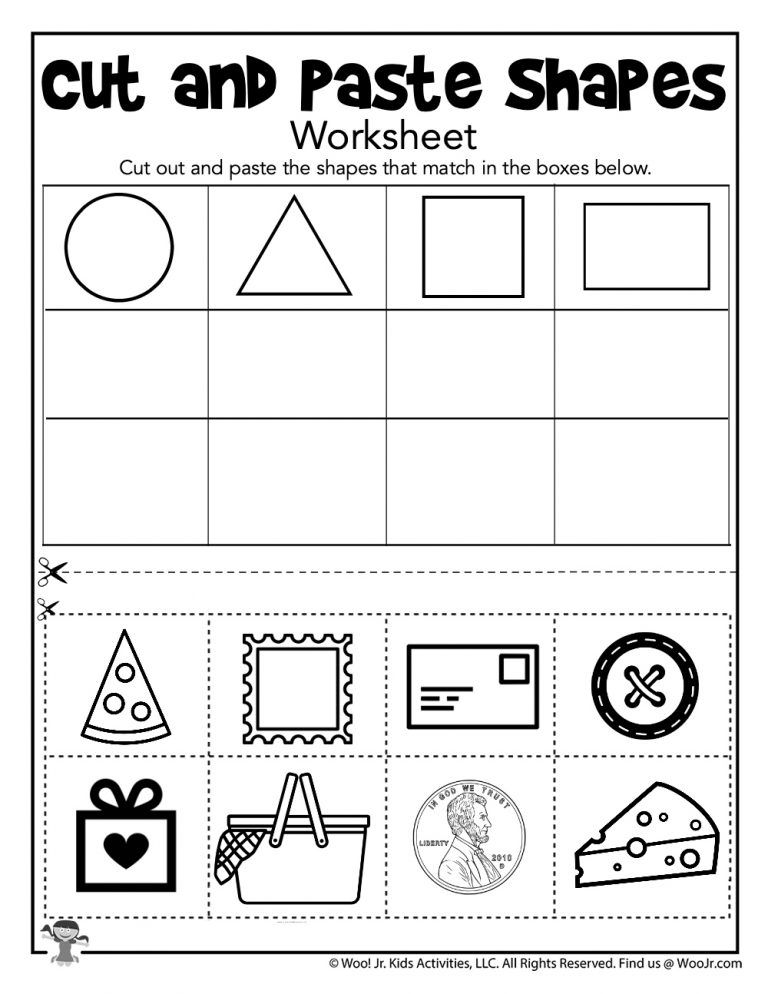 The next participant also jumps to the board and chooses the next matching piece and constructs the image as in the sample. The team that completes the task first wins. And yet, guys, please note that in addition to the shapes, additional elements are used in the image. Don't forget about them too. Ready? 1, 2, 3 run! nine0003
The next participant also jumps to the board and chooses the next matching piece and constructs the image as in the sample. The team that completes the task first wins. And yet, guys, please note that in addition to the shapes, additional elements are used in the image. Don't forget about them too. Ready? 1, 2, 3 run! nine0003
Children perform the task - relay race. After that, the correctness of the task is discussed.
Educator: Great, guys! The inhabitants of this region give us another task. That's what it is: we need to get to the other side of the river. But how to get over if there is no bridge, Guys, look carefully, there are pebbles in the river. Some are round in shape, others oval. The task of the first team is to get over to the other side, stepping only on the stones-circles, the other - on the stones-ovals. Who will move to the other side, sit down at the table. Well, let's get down to the task. nine0003
To the cheerful music, the children take turns overcoming the obstacle and sit down at the tables.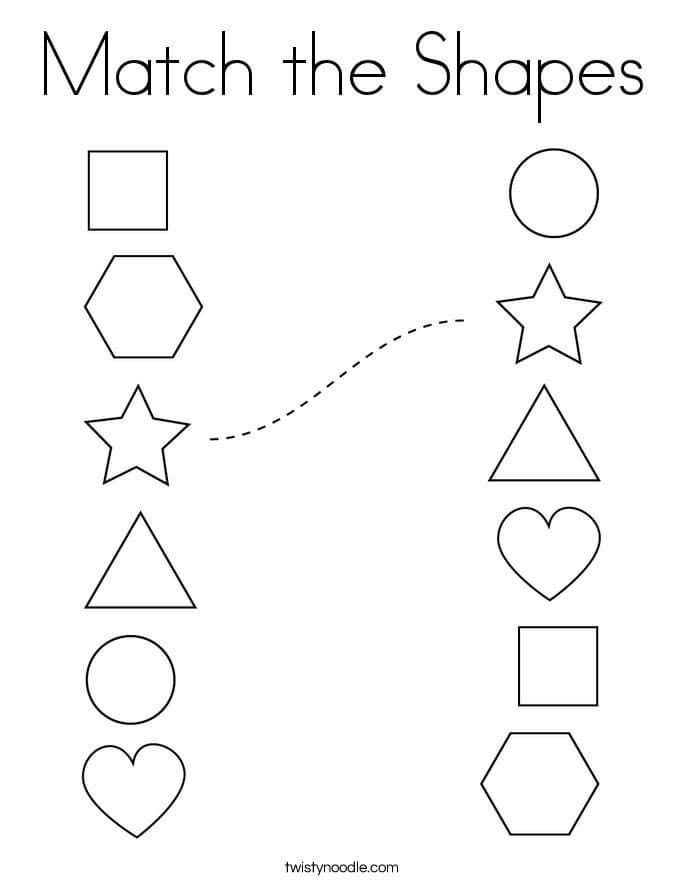 Where one more task is prepared for them.
Where one more task is prepared for them.
Educator: Excellent! Everyone returned, no one got their feet wet. And here is the next task from the inhabitants of the edge of Geometry. In front of you are pieces of paper with pencils. You must follow my instructions. Listen carefully and draw.
- Draw a blue square in the upper left corner.
- Green triangle - in the center. nine0018
- Red oval - in the upper right corner.
- Orange rectangle - in the lower right corner.
- Yellow circle - in the lower left corner.
Children complete the task, then check everything together.
Educator: Very good. Our journey is coming to an end. It's time for us to go back to kindergarten. Geometric figures give us the last task for today. Look at the board, which piece is superfluous and why? nine0003
On the board, posters are hung in turn with tasks for finding an extra figure in a line.

